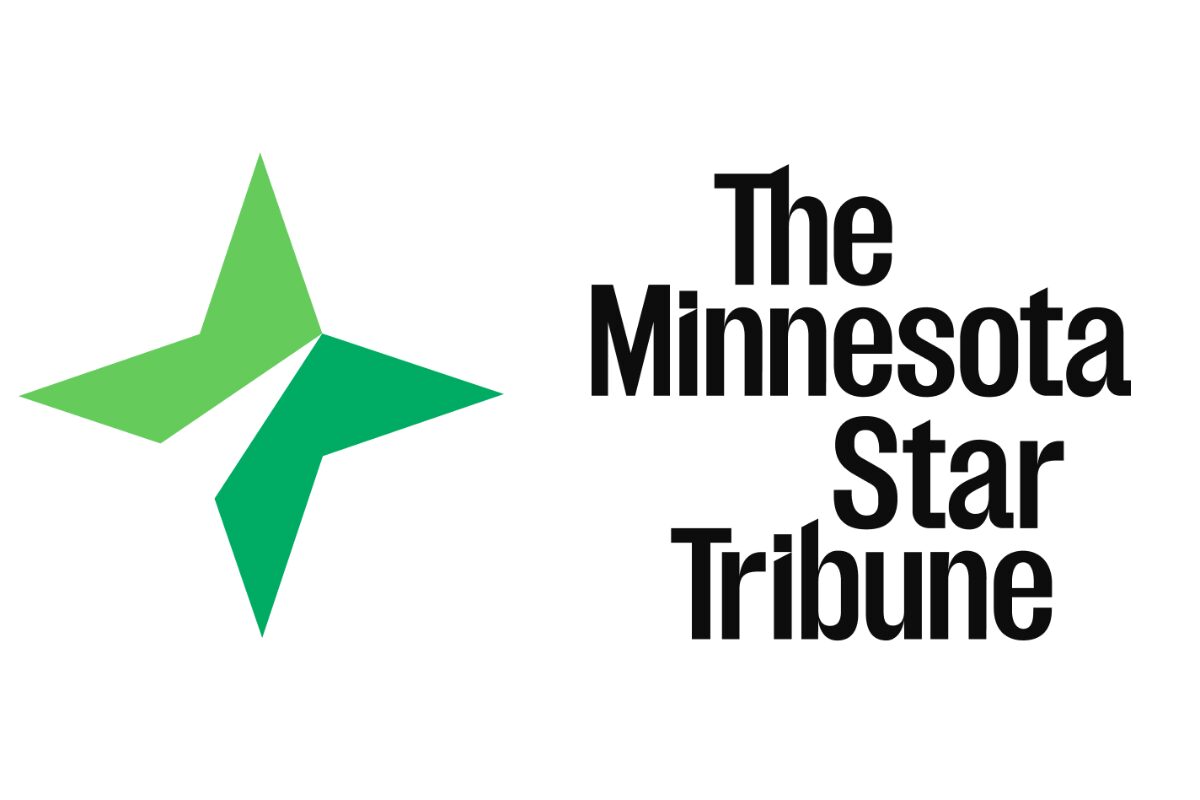How to optimize newsroom workflows in 5 steps

In today’s fast-paced media landscape, optimizing newsroom workflows is crucial for maintaining a competitive edge. Streamlining editorial processes not only boosts productivity but also ensures that news organizations can deliver timely and high-quality content. In this article, we will provide a step-by-step guide on how to simplify complex editorial workflows and enhance efficiency in the newsroom. Let’s dive in.
Step 1: Conduct a workflow assessment
Before implementing any changes, it’s essential to understand the existing workflow thoroughly. This involves:
Identify pain points:
Initiate conversations with your journalists, editors, and other staff members to gather insights into the challenges they face daily. What tasks are time-consuming? Where do they encounter roadblocks in their work processes? By listening to their feedback, you can uncover valuable information about areas that need improvement.
Analyze data:
In addition to gathering qualitative feedback, quantitative data is equally important. Use your CMS’ native analytics tools or third-party software to monitor task times, identify bottlenecks, and track key performance metrics. These tools should provide key stats, including the number of published stories, pitch acceptance rates, and median deadline misses. These metrics reveal strengths and areas needing improvement in your content operations.
Map existing workflows:
Begin by documenting every step involved in your editorial process, starting from the initial story idea or assignment to the final publication. This includes research, writing, editing, fact-checking, image selection, layout design, and more. As you map out the workflow, identify the dependencies between tasks and teams. Understanding these interdependencies will allow you to streamline the handover of tasks between teams.
Assess your technology stack:
Examine the effectiveness of current tools; are they seamlessly supporting your workflow? Identify gaps where essential tools are missing, and redundancies that hinder efficiency. Based on this evaluation, prioritize areas for improvement, such as adopting a CMS (or replacing your existing CMS), clarifying editorial guidelines, and integrating automation and AI tools, to enhance newsroom efficiency.
Once you’ve completed the workflow assessment, you’ll have a comprehensive understanding of your newsroom’s current state. With this information in hand, you can move on to the next steps in the optimization process.
Step 2: Invest in the right technology
A robust Content Management System (CMS) is the backbone of an efficient newsroom, providing the infrastructure needed to streamline content creation, collaboration, and distribution. It reduces the complexities of content creation and management while fostering collaboration and ensuring efficient content distribution. It’s crucial to select a CMS that aligns with your specific needs and provides room for customization to accommodate the unique workflow of your newsroom. Here are a few factors to consider when selecting the right CMS for your newsroom.
Real-time collaboration:
A modern CMS often includes real-time collaboration features. This means that your team members, regardless of their physical location, can work on the same piece of content simultaneously. This feature fosters seamless teamwork and efficient content creation.
Content workflow management:
Many CMS platforms offer workflow management features, allowing you to define and customize content creation and editing processes. This enables you to establish clear steps and roles in the content production pipeline, enhancing efficiency and accountability.
Automated publishing:
Most CMS platforms provide the ability to schedule content for publication. This feature allows you to plan and queue up content for release at optimal times, ensuring consistent output and audience engagement. Some advanced CMSs support multi-channel distribution, meaning you can publish content not only across your various websites and social media but also to other platforms like email newsletters, mobile apps, and more, all from one central hub.
Ongoing user support:
While implementing a CMS can significantly enhance newsroom efficiency, its effectiveness is closely tied to how well it’s used and integrated into the workflow. Ongoing support and training play a critical role in ensuring that your team maximizes the benefits of the CMS.
Step 3: Customize and build your CMS for optimal efficiency
Once you’ve selected the Content Management System (CMS) that aligns with your newsroom’s needs, it’s crucial to make the most of its capabilities by tailoring it to your specific workflow. Here’s how you can maximize the benefits of your chosen CMS and ensure long-term efficiency:
Review out-of-the-box (OOTB) functionality:
Take a close look at the out-of-the-box features and functionalities offered by your chosen CMS. Evaluate how well these align with your newsroom’s requirements. Identify which OOTB functions can be readily adopted to streamline your workflow and meet your content production needs. This step minimizes the need for custom development, reducing costs and long-term maintenance efforts.
Develop your customization strategy:
Define a clear strategy for customization. While some features may need customization to fit your specific workflow, they also require ongoing maintenance and updates. Make informed decisions about what custom code is essential and weigh the long-term benefits against the maintenance effort required.
Assemble a team of superusers:
Superusers play a vital role in optimizing workflows. Identify individuals within your newsroom who are tech-savvy and have a deep understanding of the CMS. These superusers should not only be proficient in using the platform but also act as champions for its efficient utilization. They can help train other team members, troubleshoot issues, and provide feedback to improve the CMS’s functionality.
Step 4: Embrace automation and AI tools
Embracing automation and AI tools can significantly streamline newsroom workflows by not only eliminating tedious, repetitive tasks but also enhancing content translation for wider reach and personalization for diverse audiences. AI’s role in newsrooms is evolving rapidly, and it’s crucial for media organizations to stay aligned with the latest AI developments to leverage its full potential in enhancing newsroom efficiency. By integrating AI technologies, newsrooms can allocate more time and resources to in-depth reporting, analysis, and high-impact journalism, ultimately meeting the dynamic demands of the modern media landscape.
For further insights on how AI is reshaping the newsroom, refer to these articles: “Metro World News sees 31% increase in new users with AI use in newsroom” and “From hype to reality: how AI is shaping the future of news.”
Step 5: Foster a culture of continuous learning
The modern newsroom looks significantly different from what it did 20 or even 10 years ago. The rapid evolution of technology, shifts in audience behaviors, and changes in industry dynamics demand a newsroom that can adapt. Encourage your team members to embrace a mindset of adaptability and continuous growth. The ability to learn and pivot in response to emerging trends and technologies is invaluable. Cultivating a culture that prizes adaptability fosters an environment where experimentation and innovation thrive.
This adaptability can be further supported through knowledge-sharing forums or channels that facilitate the exchange of ideas, insights, and best practices, fostering collaboration across departments. It’s through these exchanges that fresh perspectives can emerge, leading to more effective workflows and content strategies. Additionally, provide regular training opportunities for your staff, covering a spectrum of topics, from emerging technologies to evolving journalistic standards. Investing in your team’s skills and knowledge equips them to remain at the forefront of the field and tackle the challenges of an ever-evolving media landscape.
In today’s rapidly evolving media landscape, optimizing newsroom workflows is essential for competitiveness and relevance. By understanding and optimizing workflows, investing in technology, harnessing automation and AI, and cultivating a culture of continuous learning, newsrooms can not only survive but thrive in an ever-changing industry.
Recent resources




